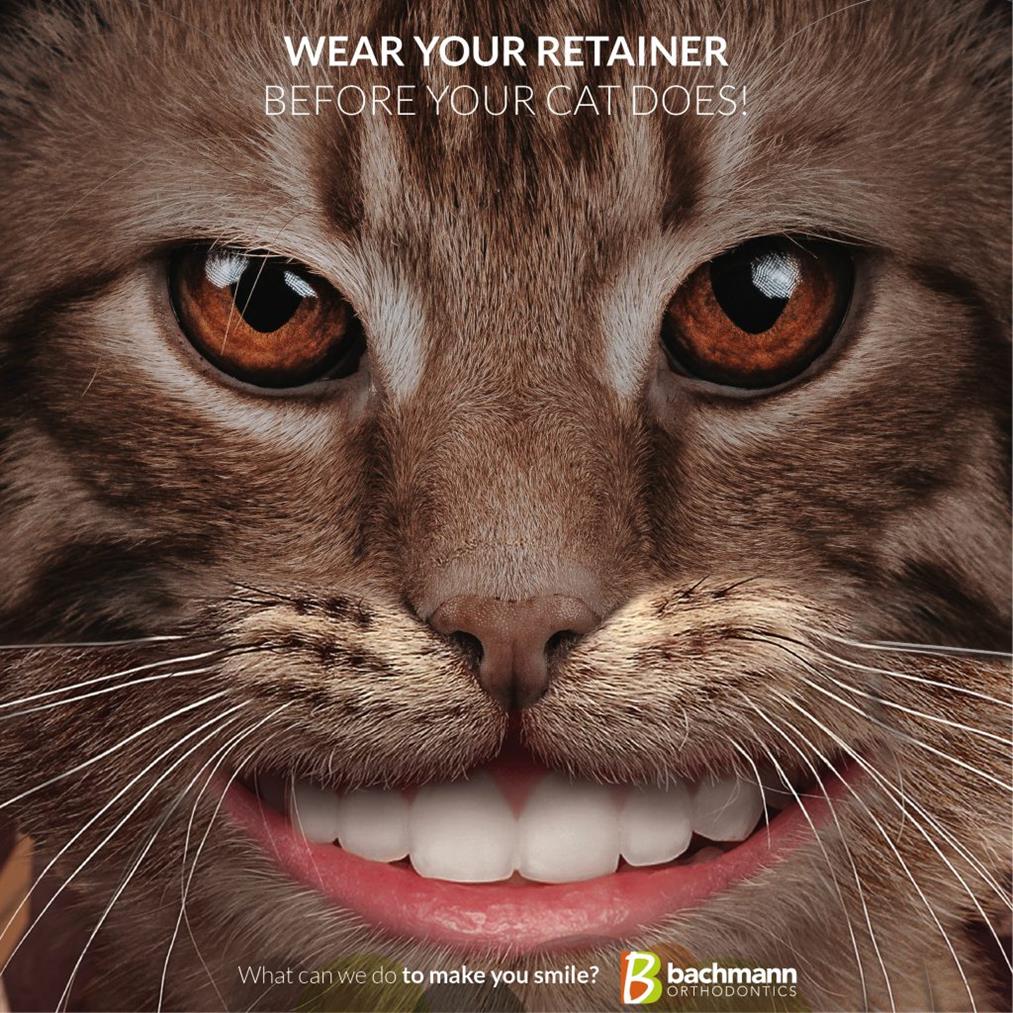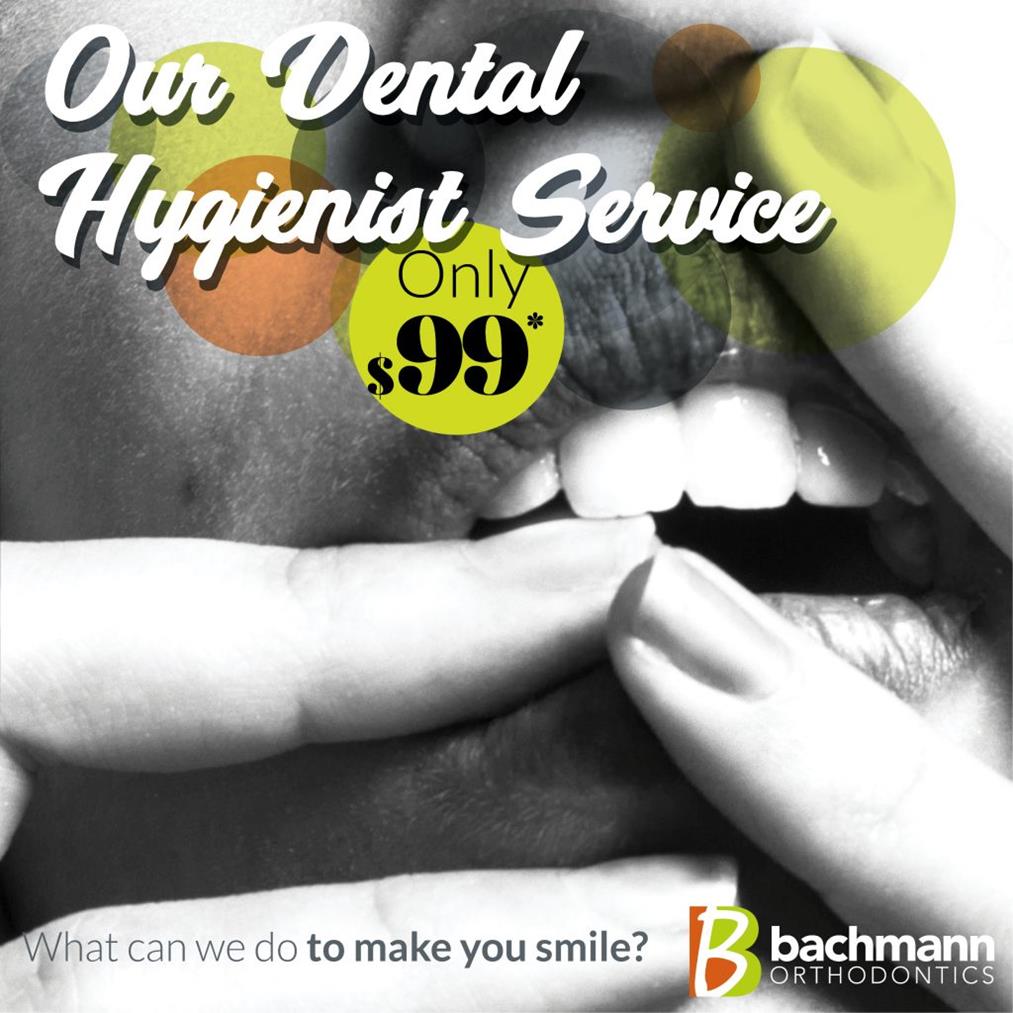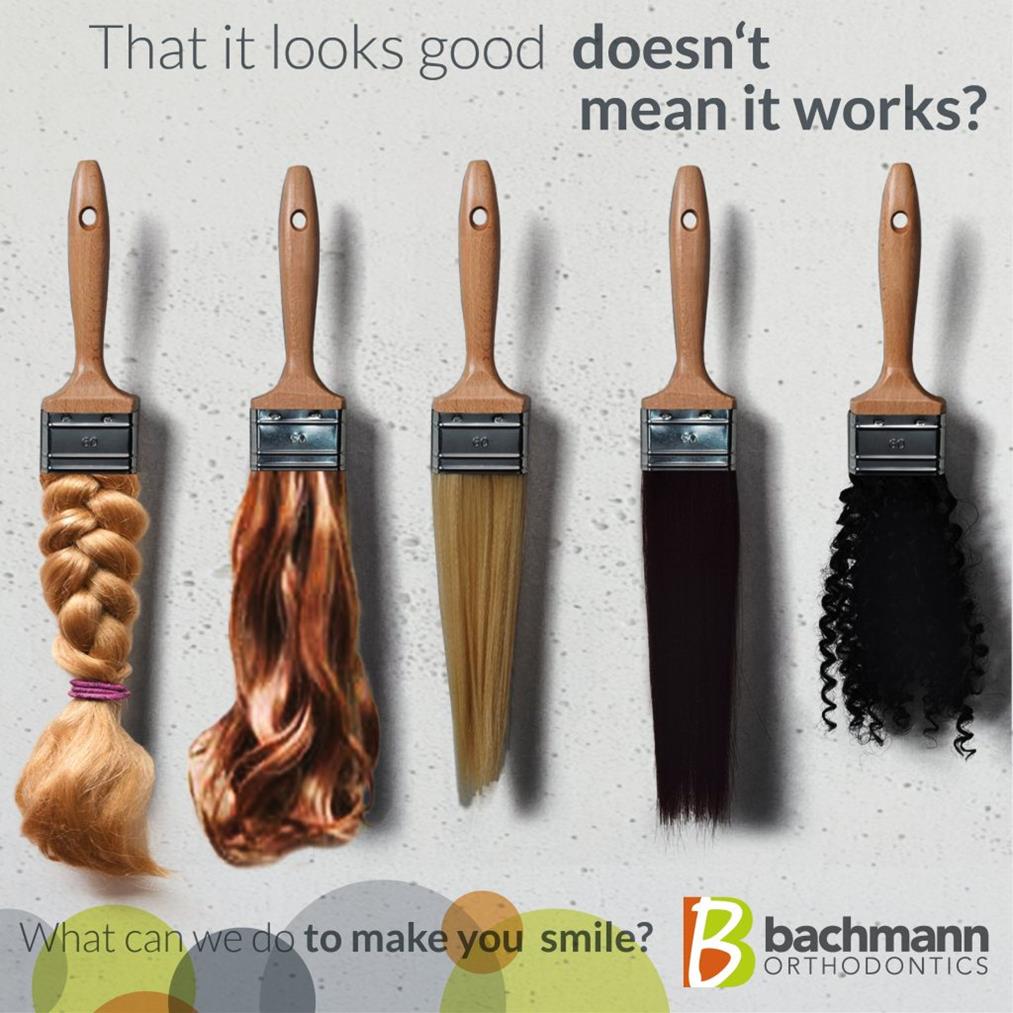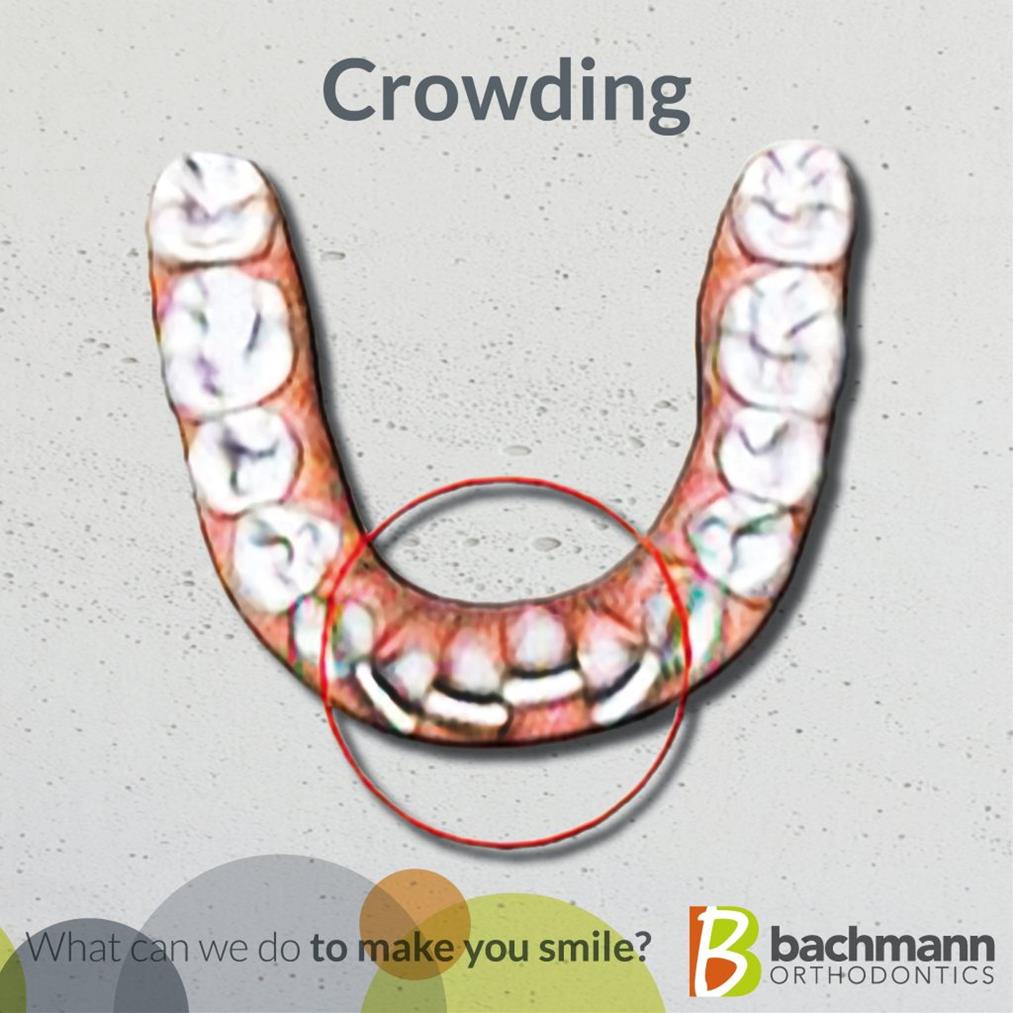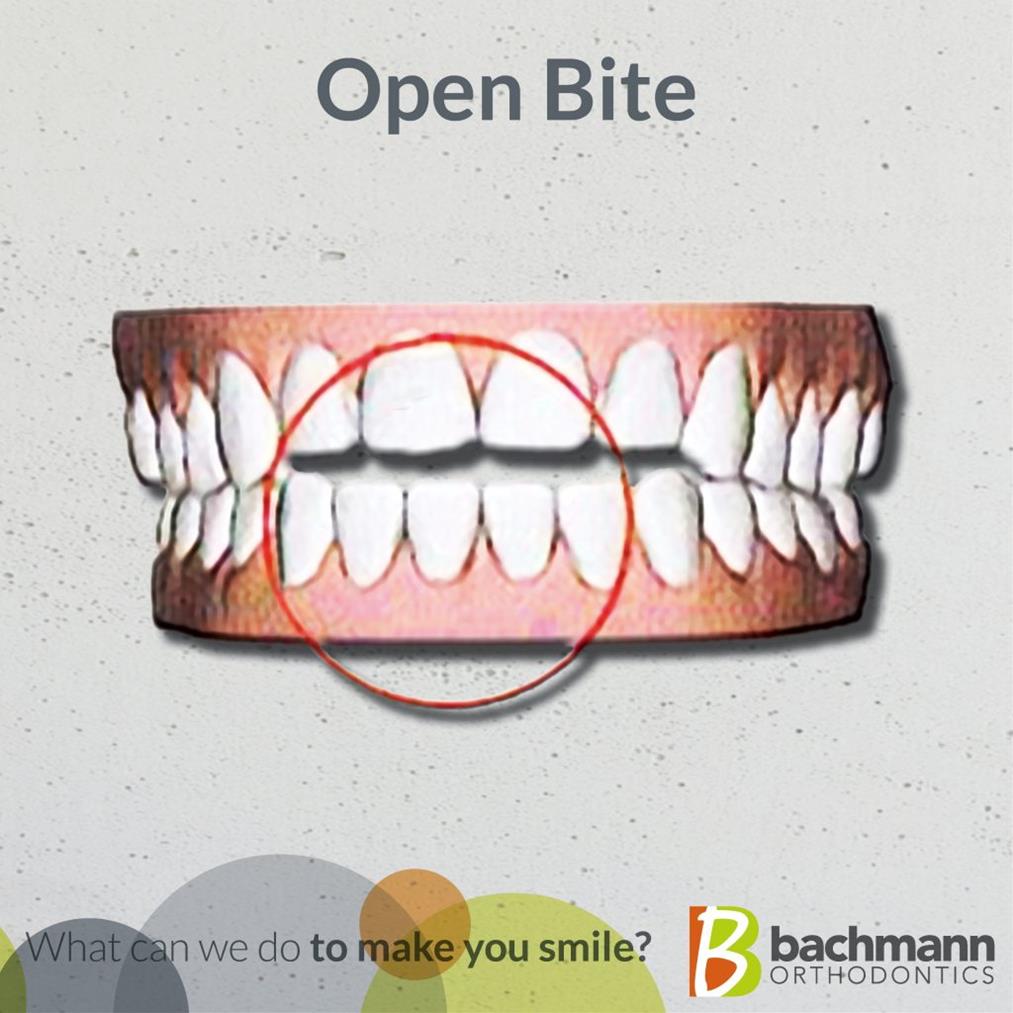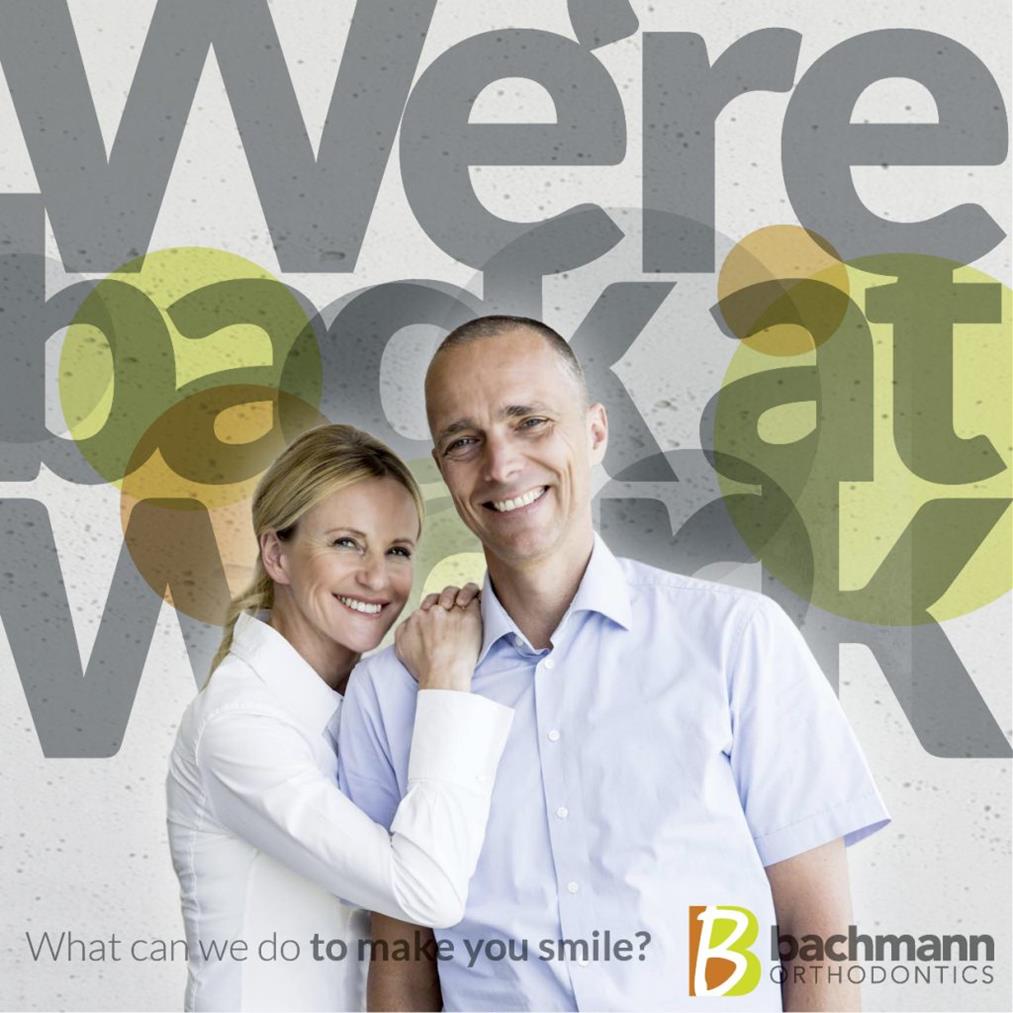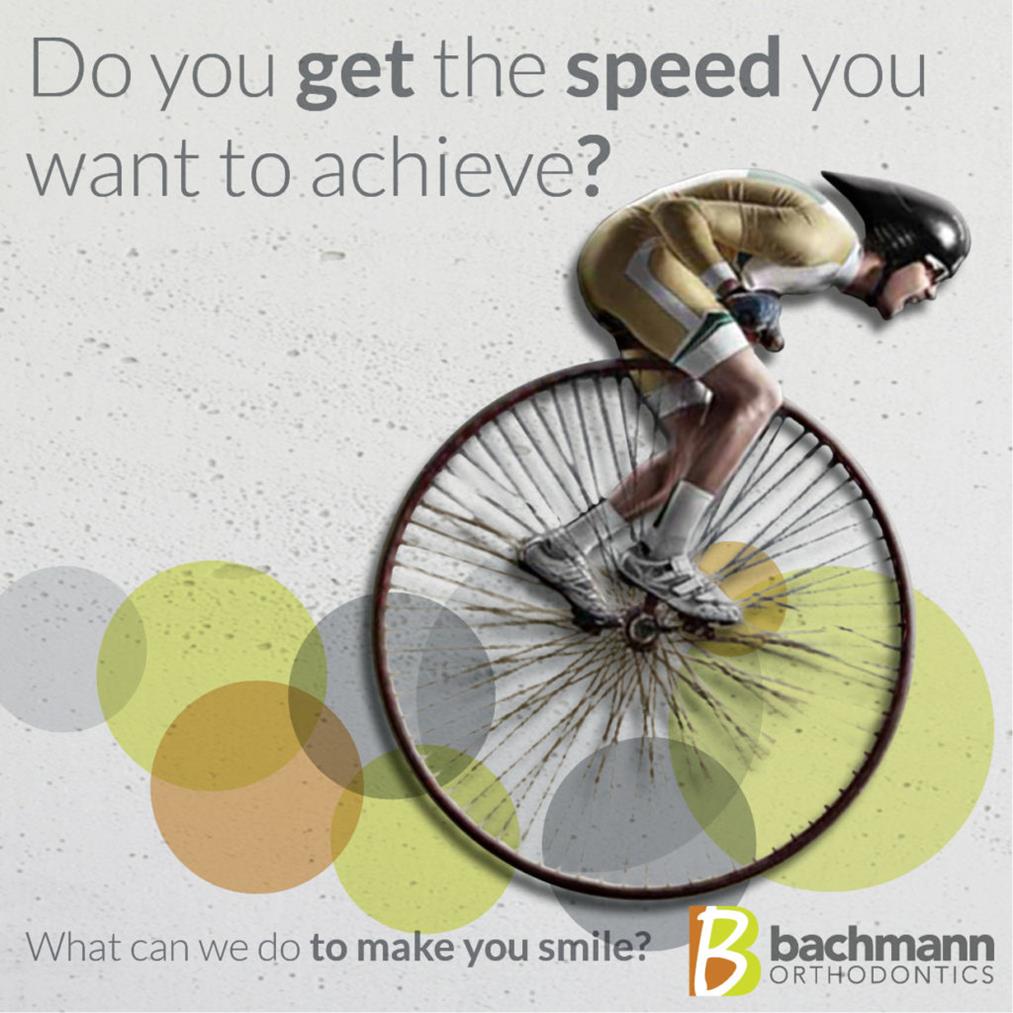Pets like dogs and cats love retainers and aligners.
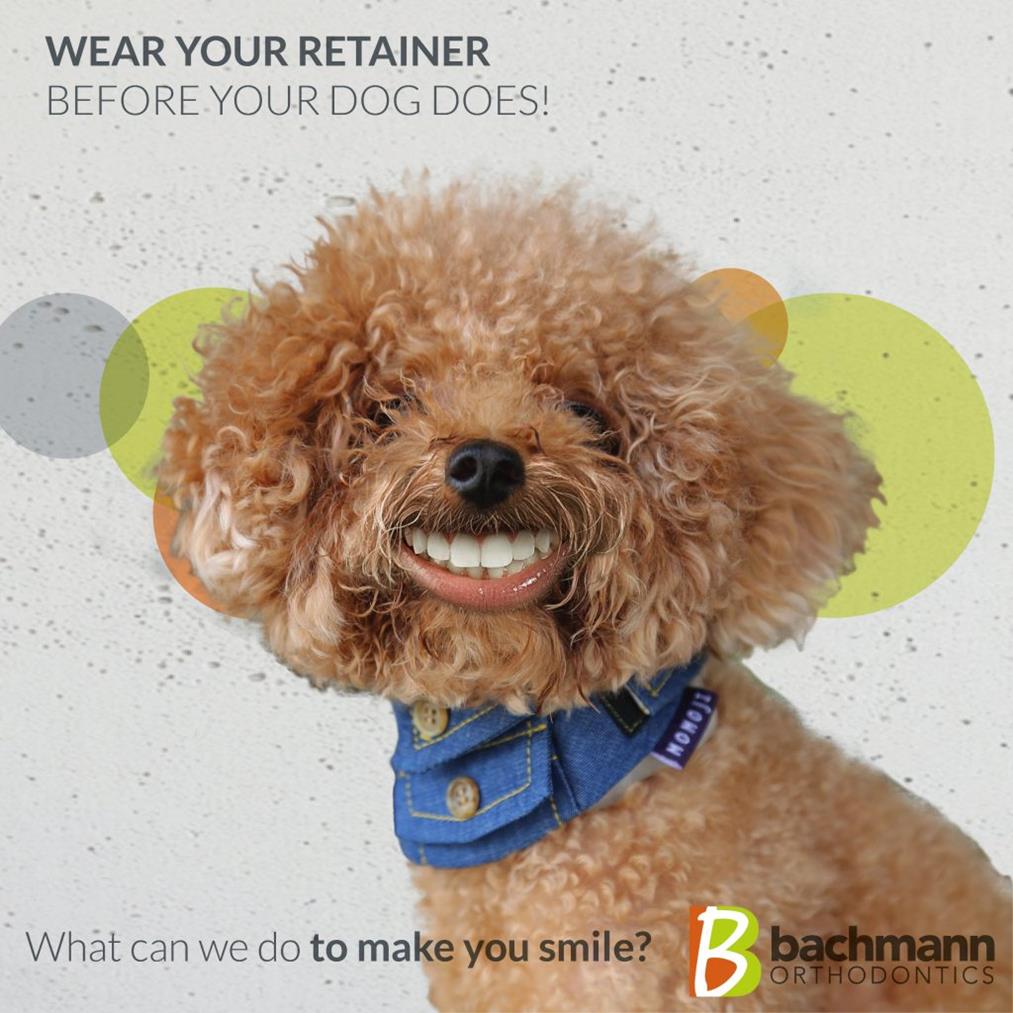
Dogs are attracted by the smell of the materials from which retainers & aligners are made, as well as saliva. With their powerful jaws, dogs can render them useless in no time. Likewise, cats will play with a retainer and can also damage them.
Be Careful with Retainers
There are two places for removable aligners and retainers: in the mouth or in their case. When taken out of the mouth, they should be placed in their case. When taken out of their case, the retainers or aligners should be placed in the mouth.
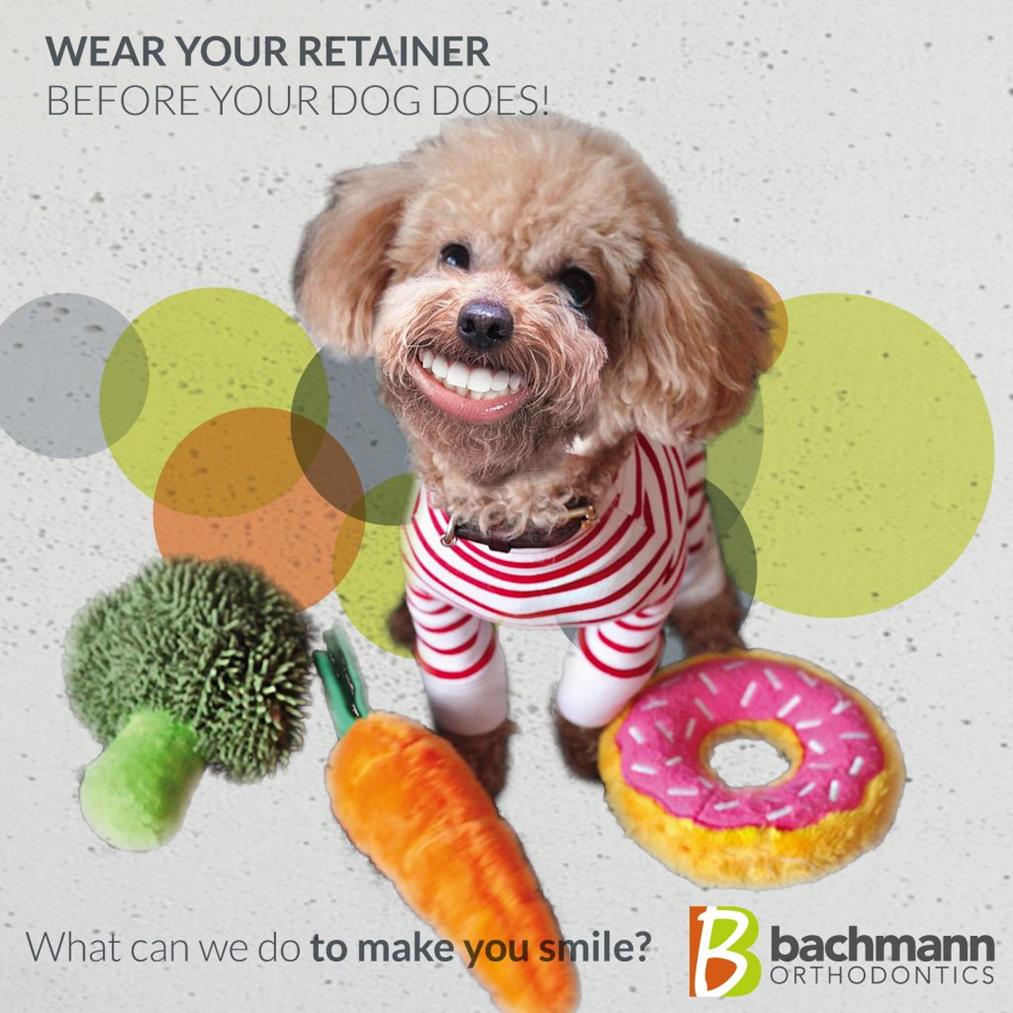
Do not wrap it in a napkin – they can easily be thrown away with the trash. Please, do not place retainers or aligners in your pocket unless they are in their protective case. Without the case, retainers that are loose in your pocket can be broken.
Contact your orthodontist immediately if they are lost or broken, however, if it does not fit correctly or if eaten by your dog. Remember – you need to wear your retainers or aligner, not your dog.
What can we do to make you smile?
Enquire about braces > Book a consultation today
